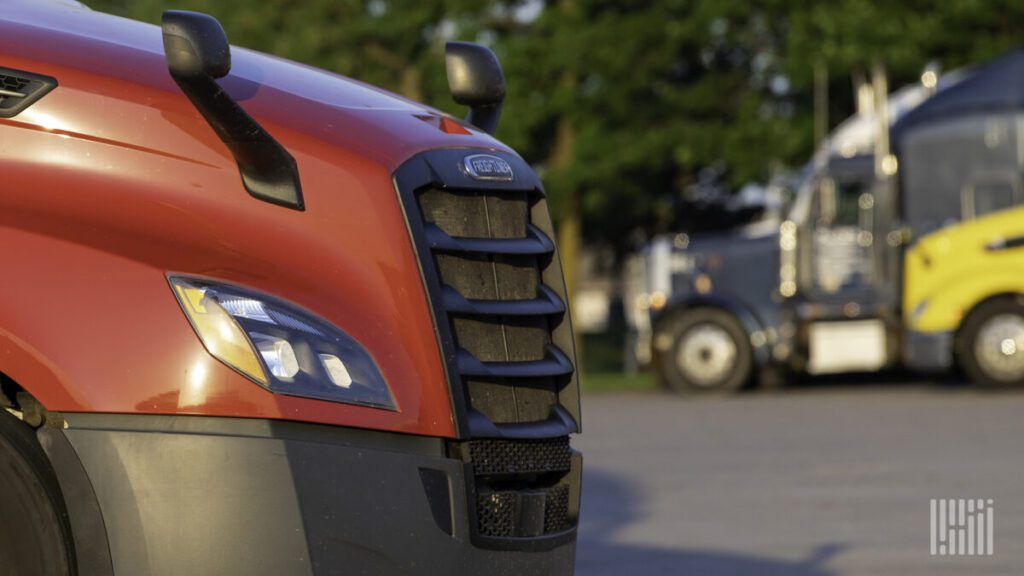September 18, 2023
How to Successfully Resolve Violations through DataQs

In the world of trucking, violations during roadside inspections are almost inevitable. According to the Federal Motor Carrier Safety Administration (FMCSA), nearly 59% of the 2.8 million federal and state roadside inspections conducted last year resulted in violations. But what should carriers and drivers do when they believe these violations are unjustified? The answer lies in DataQs, an FMCSA system designed to address such situations. In this article, we’ll explore the key steps to successfully dispute violations through DataQs, with insights from Mark Barlar, Director of Department of Transportation Regulatory Compliance at Reliance Partners.
- Understand the Basis: Submitting a DataQs request is essential, but it must have a solid foundation. According to Barlar, requests without a valid basis are automatically rejected. To be successful, requests should demonstrate exceptions to the law, incorrect compliance, or the need for additional information not provided by the inspecting officer.
For example, if a violation is issued for a flat tire, and the tire is promptly fixed after the inspection, there is no basis for removal. However, situations like violations for cracked windshields may warrant further investigation. If the law allows exceptions, such as intersecting cracks, and the inspection report didn’t note an intersecting crack, a DataQs request may be justified.
- Maintain Professionalism: Barlar advises against overusing DataQs and emphasizes professionalism when submitting requests. Using it excessively can waste both your time and government resources. Maintain a courteous and professional tone in your requests, as unprofessional behavior can hinder the resolution process.
- Expect Response Variability: Response times for DataQs requests can vary significantly from state to state. Some states rely on certified law enforcement officers to review requests, while others have committees or designated personnel for this purpose. Depending on the state’s workload, it may take anywhere from one week to three months to receive a response. While the FMCSA aims for a 10-day response time, real-world timelines can differ.
- Prepare Thoroughly: Success with DataQs hinges on understanding the relevant laws governing your violations. Start by reviewing your roadside inspection reports, which outline violations and cite the corresponding legal sections. Cross-reference these laws in the Federal Motor Carrier Regulations to determine if your case has merit.
Additionally, consider becoming a member of the Commercial Vehicle Safety Alliance (CVSA), a non-profit organization that provides valuable insights into inspection procedures, operational policies, and interpretations of laws. This information can be immensely helpful when submitting DataQs requests.
- Associate with Your Carrier: If you work for a motor carrier, make sure your DataQs account is associated with that carrier. This ensures that you can monitor and manage all DataQs requests related to your company. While you can register separately for DataQs, you won’t have visibility into requests made by your carrier unless your accounts are linked.
DataQs is a valuable tool for carriers and drivers to rectify inaccurate violations and maintain their Compliance, Safety, Accountability (CSA) scores. By following these steps and understanding the intricacies of DataQs, you can increase your chances of successfully disputing violations and ensuring that your records reflect accurate information.
If you require assistance with DataQs, Reliance Partners offers a dedicated safety team to handle DataQs requests for its insurance partner clients, helping them become safer motor carriers and ensuring the accuracy of roadside inspection data.
For more information about DataQs, visit the DataQs help center, where you can find details about registration and required supporting documents. To learn more about Reliance Partners and their services, click here.
Click here to view the full article from Freight Waves.